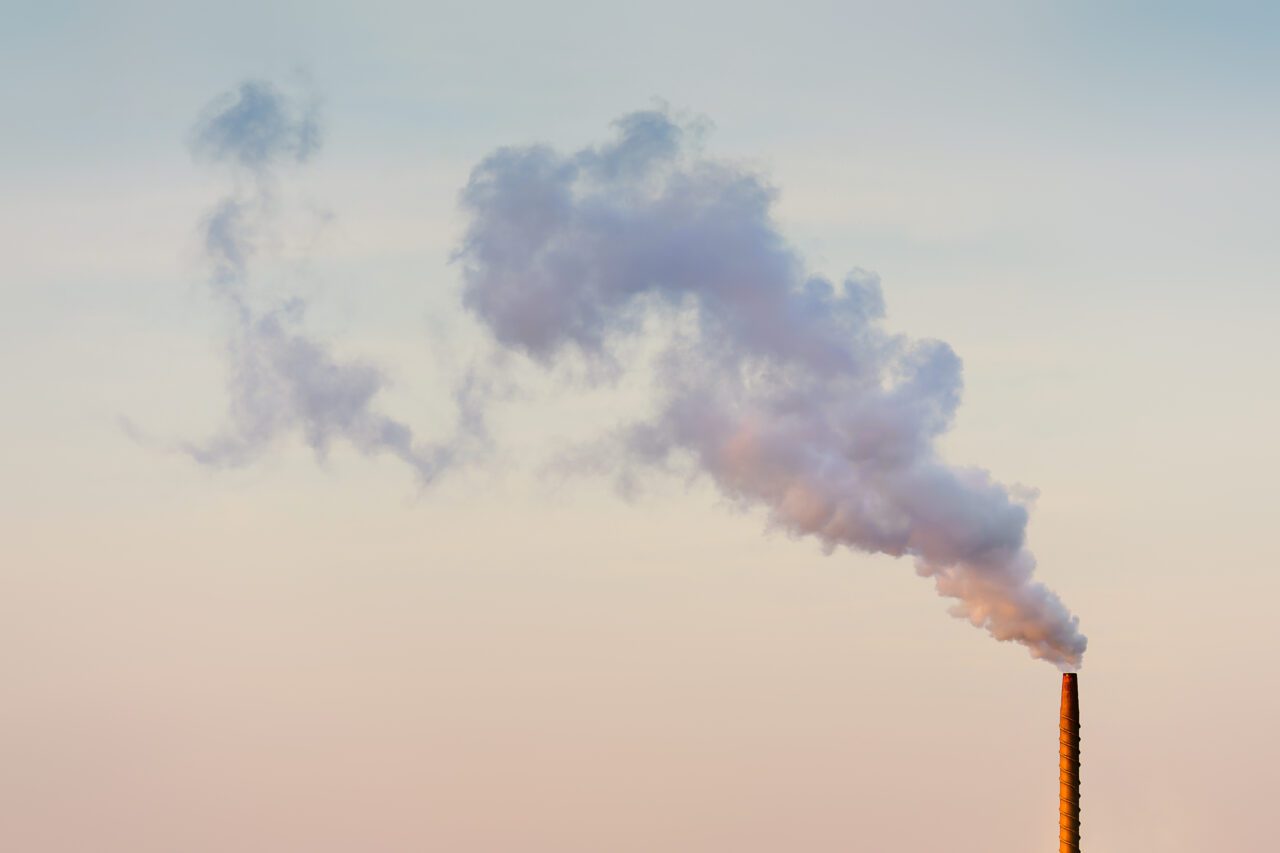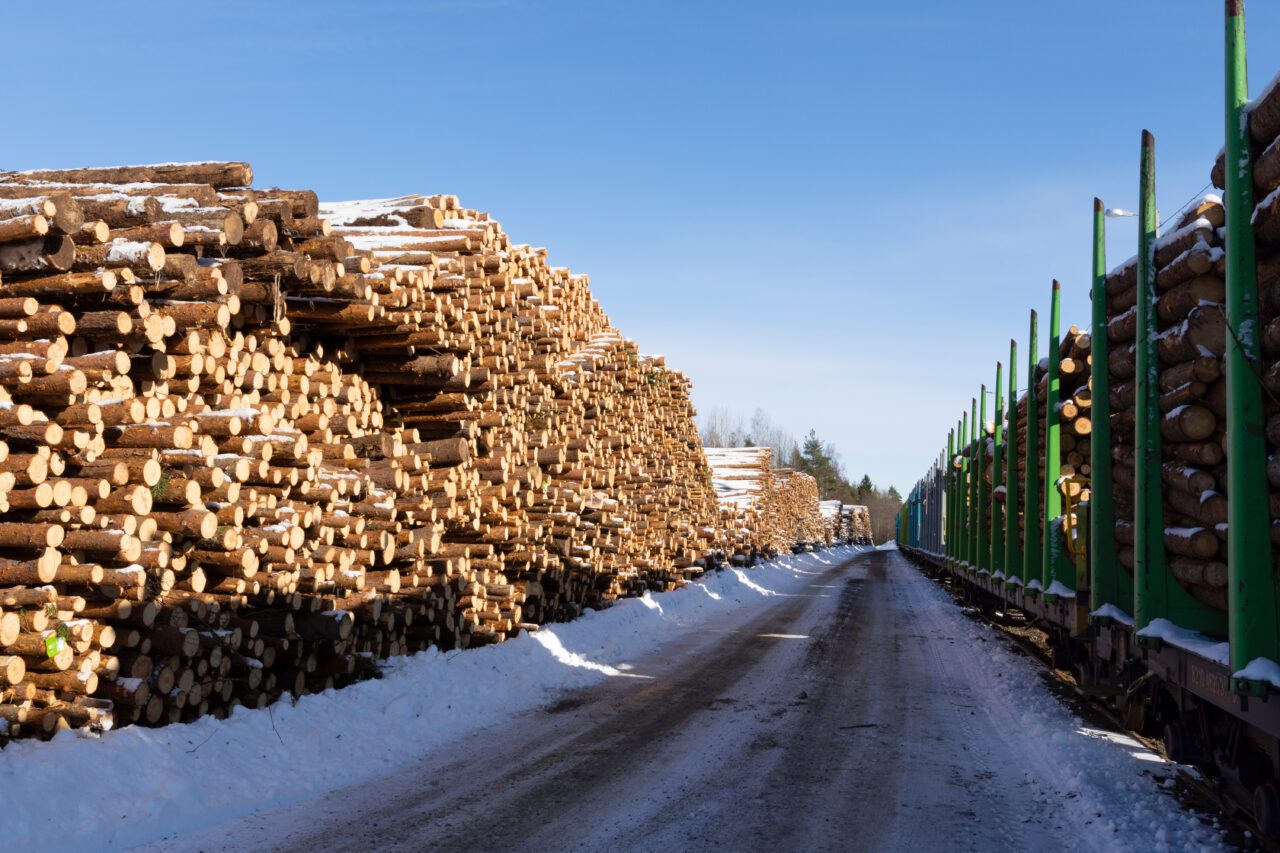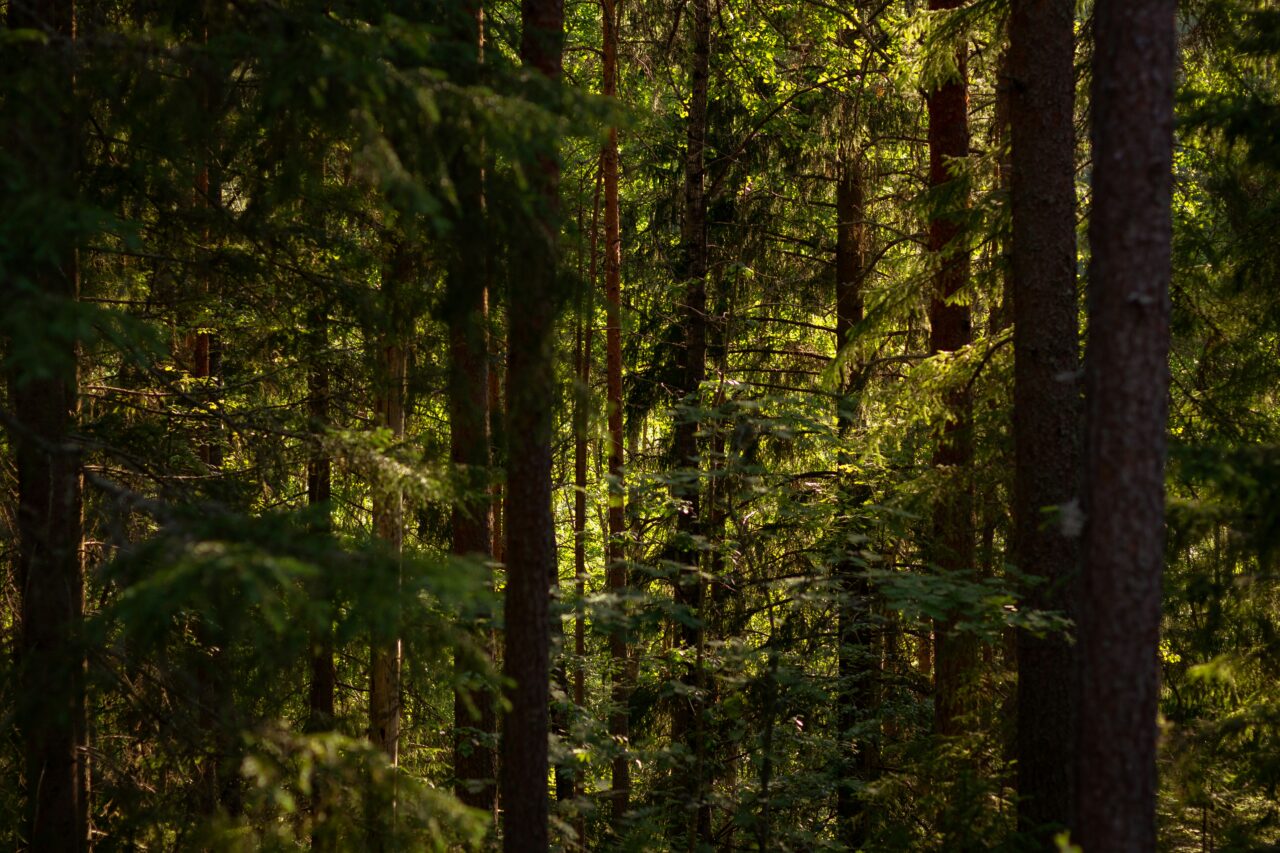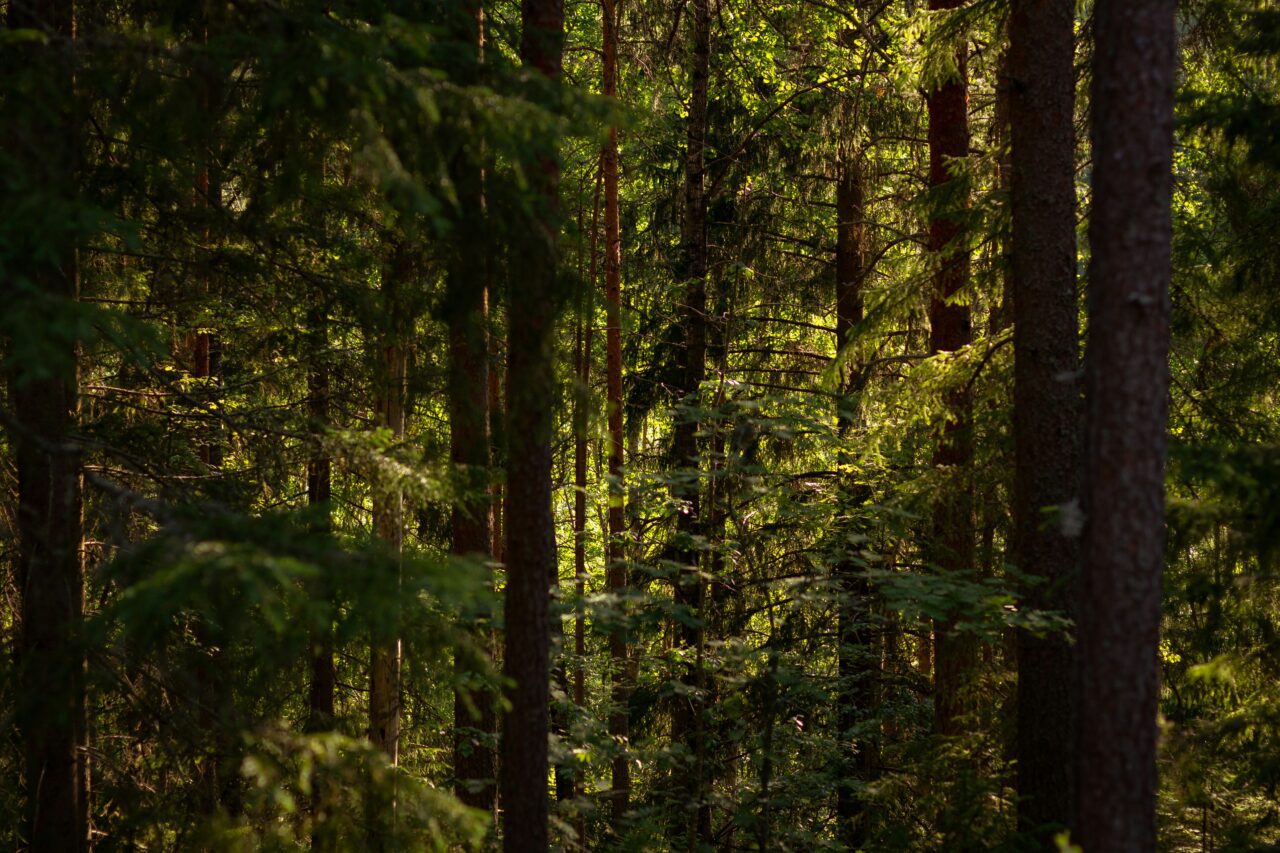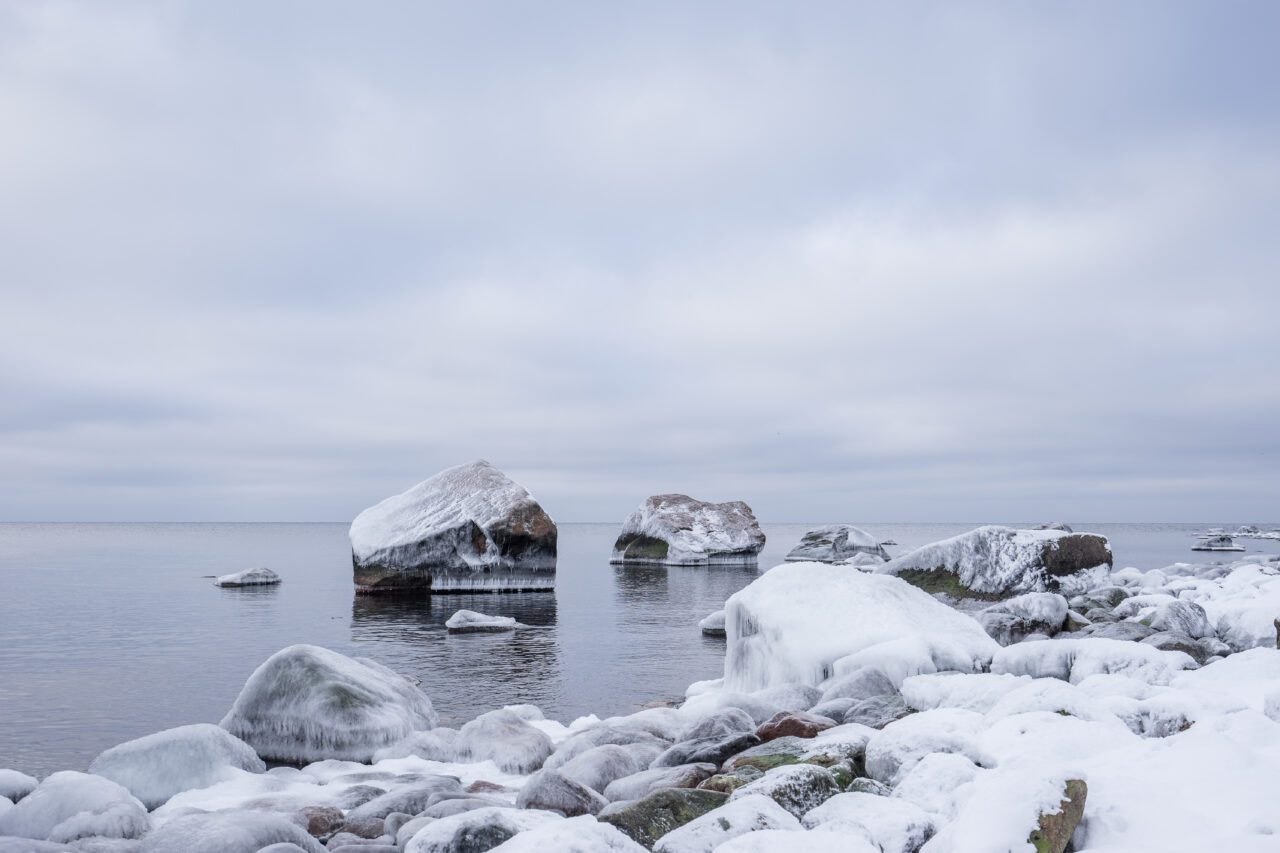Climate-efficient agriculture
From the perspective of Finland’s and the EU’s climate goals, it is important that agriculture becomes more climate efficient. The aim of climate-smart agriculture is to reduce greenhouse gas emissions and increase carbon sequestration while simultaneously improving agricultural sustainability and productivity.





